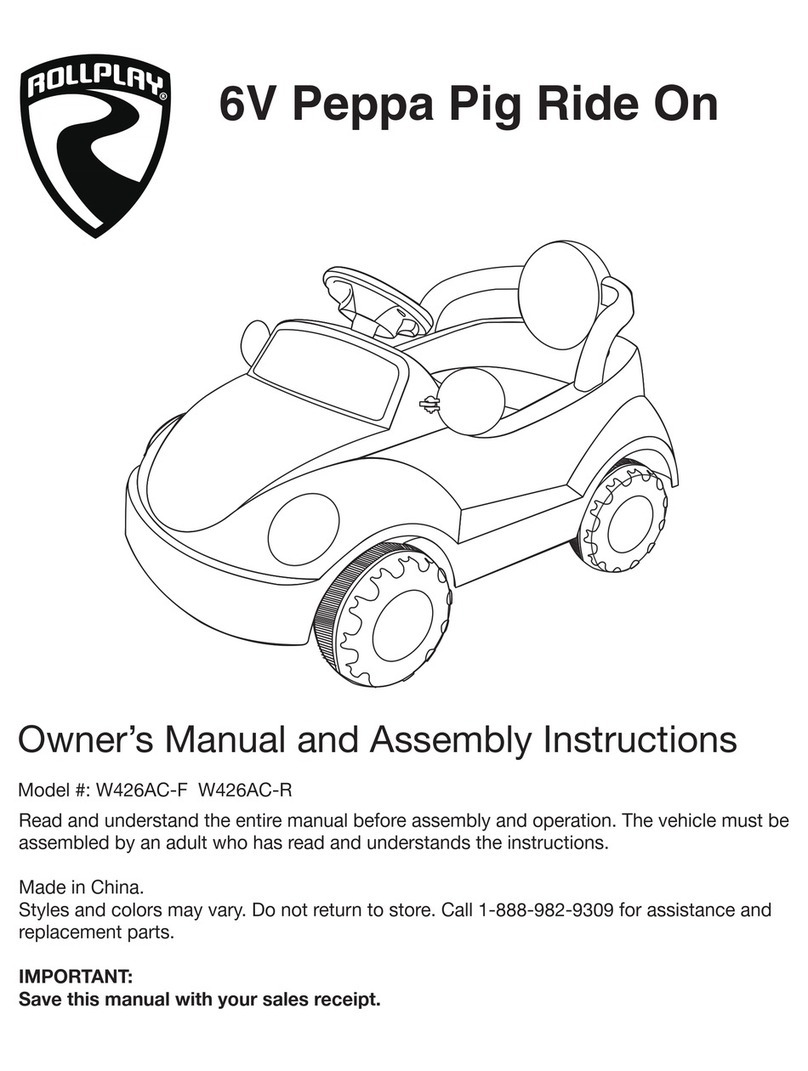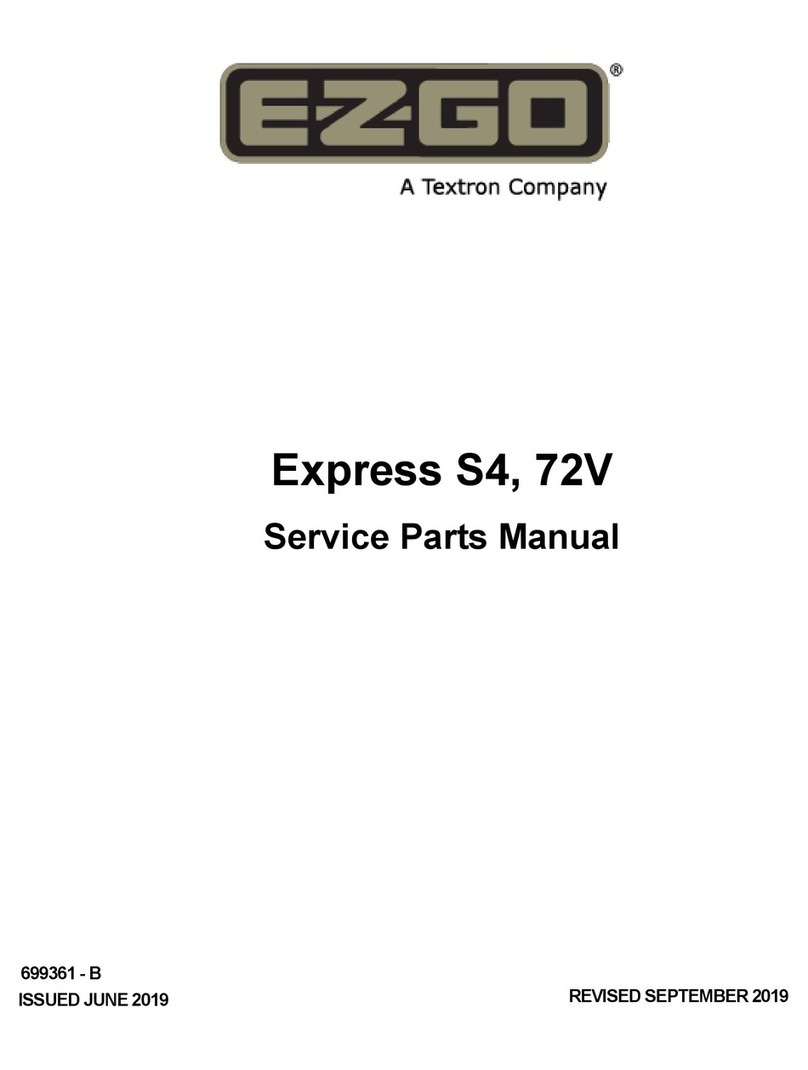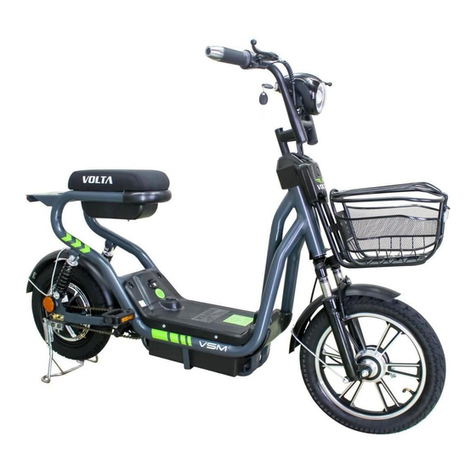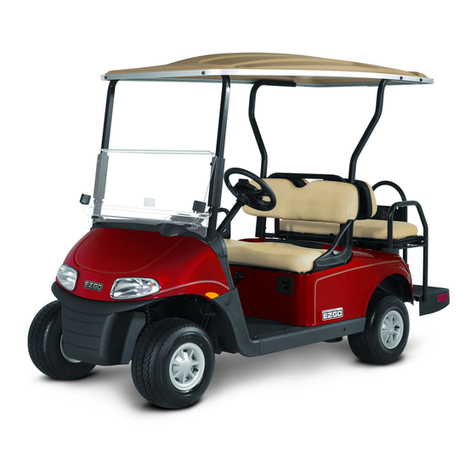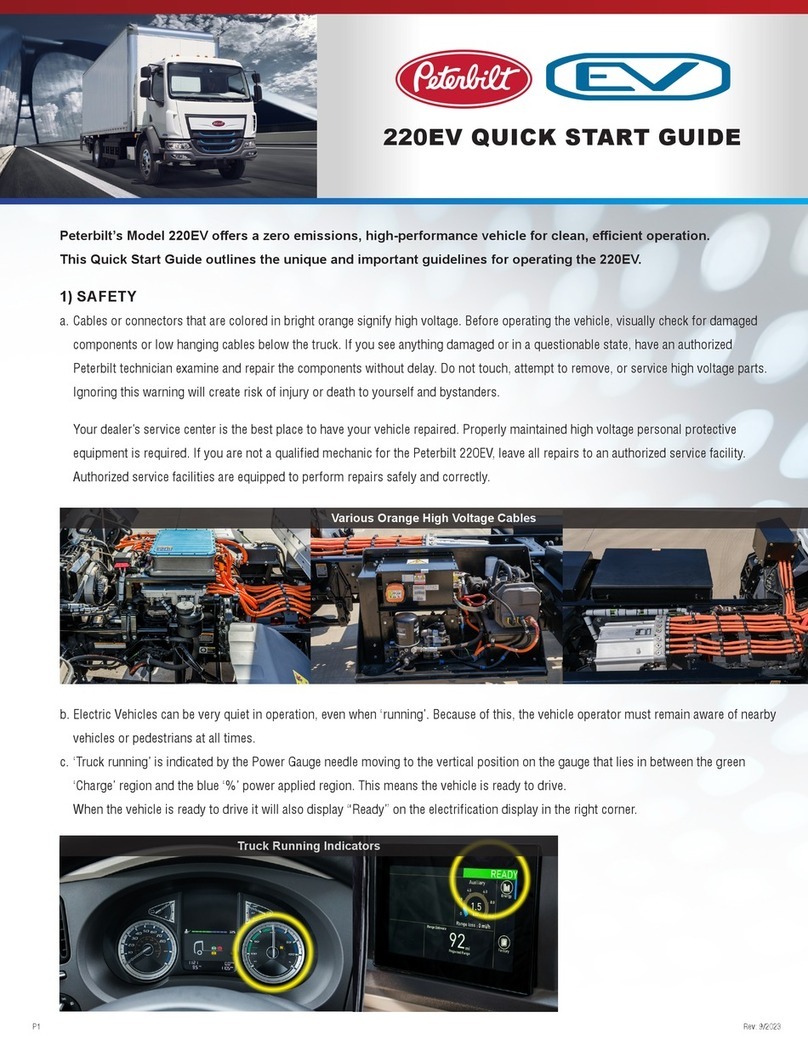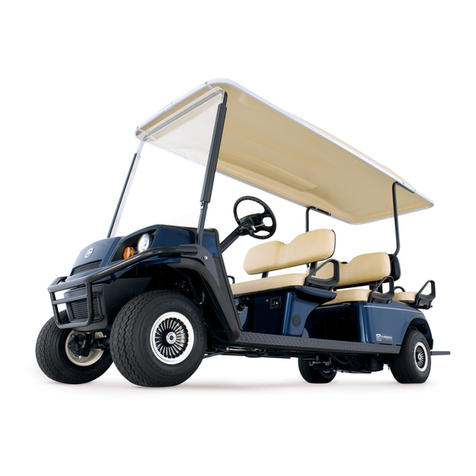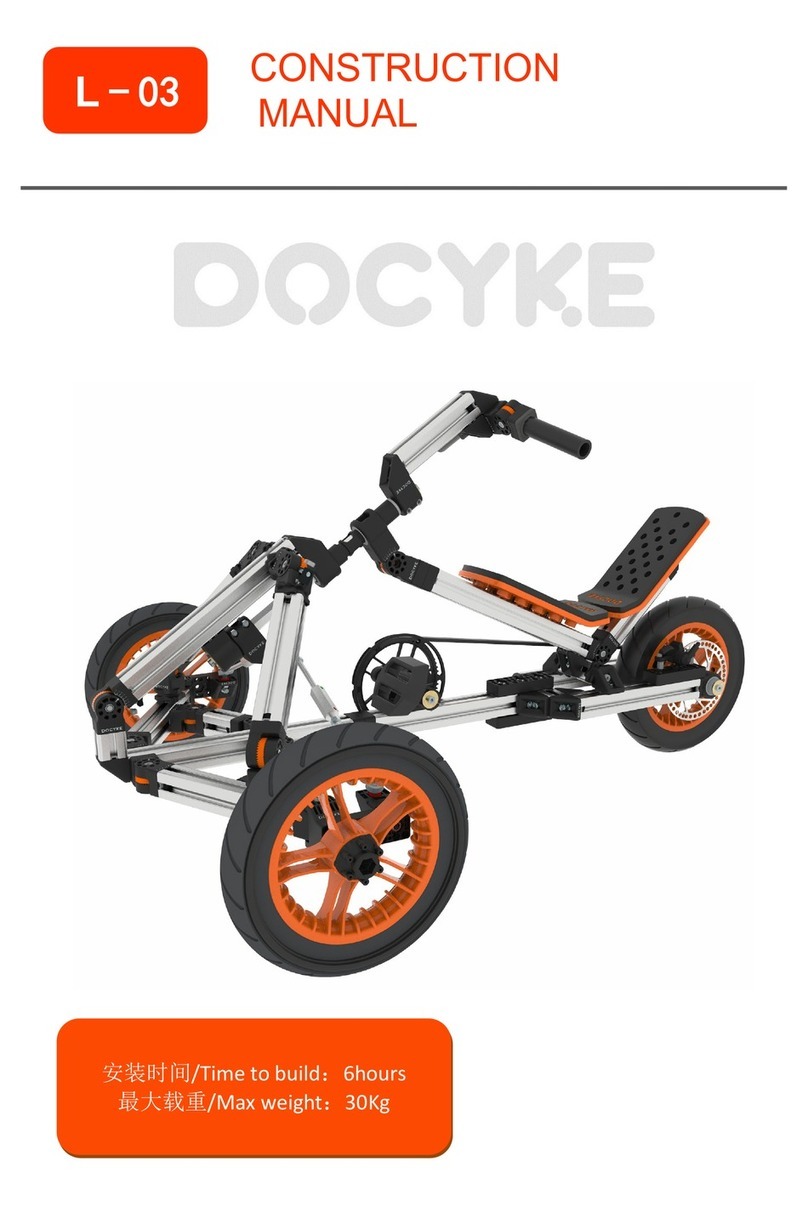
Renault ZOE - Roadside assistance technician's guide
RENAULT PROPERTY
Network Development | Version 2.1 | 11 January, 2013
3
Contents
1. Identification of the ZOE vehicle..............................................................................................4
a. External identifying characteristics........................................................................................................4
b. Identifying features in the cab ...............................................................................................................6
c. Identifying features in the engine compartment ....................................................................................7
2. Technical description of ZOE...................................................................................................7
a. Traction chain and 400V electric circuit ................................................................................................7
b. Vehicle underbody ................................................................................................................................8
c. 12V battery............................................................................................................................................8
d. 400 V traction battery............................................................................................................................9
e. Energy transfer and isolation of the 400V circuit.................................................................................10
3. What to do when a ZOE vehicle is submerged in water......................................................11
a. Case of a submerged vehicle:.............................................................................................................11
b. Securing the vehicle after it has been removed from the water. .........................................................11
4. Working on a ZOE vehicle damaged by fire .........................................................................13
a. Risks and protective equipment ..........................................................................................................13
5. Procedure to tow a ZOE vehicle that has been involved in an accident...........................13
a. Individual protective equipment for repairs .........................................................................................14
b. Risks and procedures before working on a ZOE vehicle that has been involved in an accident ........15
c. What to do in the event of an electrolyte leak from the 400V traction battery.....................................16
d. Immobilising the vehicle ......................................................................................................................16
e. Disconnecting a ZOE vehicle involved in an accident when charging ................................................17
f. 400V circuit lockout .............................................................................................................................19
g. Opening the bonnet.............................................................................................................................19
h. Locking out the 12 V battery ...............................................................................................................20
i. External and internal signs for the various operations ........................................................................22
1. "Caution - Danger" sign on ZOE......................................................................................................22
2. "Secure vehicle" sign on ZOE .........................................................................................................23
3. Lockout-tagout sheet for ZOE. ........................................................................................................24
j. Accessing the anchor points of the tow rings......................................................................................25
k. Manually releasing the gear selector ..................................................................................................25
l. Manually releasing the steering column..............................................................................................25
m. Authorised/unauthorised towing of a ZOE that has been involved in an accident...........................26
n. Securing the vehicle............................................................................................................................27
6. Towing and/or recovering a broken down ZOE ...................................................................27
a. Types of repairs prohibited on the roadside........................................................................................27
b. Authorised/unauthorised towing of a broken down ZOE, including further to a power failure.............28
7. Reminder: technical instructions for transport on flatbeds ...............................................29
a. Loading the ZOE that has been damaged in an accident or has broken down on a flatbed...............29
b. Lashing ZOE onto a flatbed ................................................................................................................30
o. Loading a broken down ZOE on a tow dolly type vehicle. ..................................................................32
p. Lashing ZOE onto a tow dolly type vehicle .........................................................................................33
8. Equipment, tools and spare parts to be kept in the recovery and / or assistance vehicle34
9. Storing a ZOE electric vehicle in a dealership .....................................................................36
a. Marking out the storage zone:.............................................................................................................36
oDefinition of the surface area for the storage of electric vehicles damaged in an accident: ...............36
oSafety information ...............................................................................................................................37
10. Towing decision tree flow chart.............................................................................................38
a. Flow chart 1 – assistance officer in the call centre or the RENAULT dealership ................................38
b. Flow chart 2 – Roadside assistance technician – Vehicle broken down.............................................39
c. Flow chart 3 – Roadside assistance technician – Vehicle damaged in an accident ...........................40
